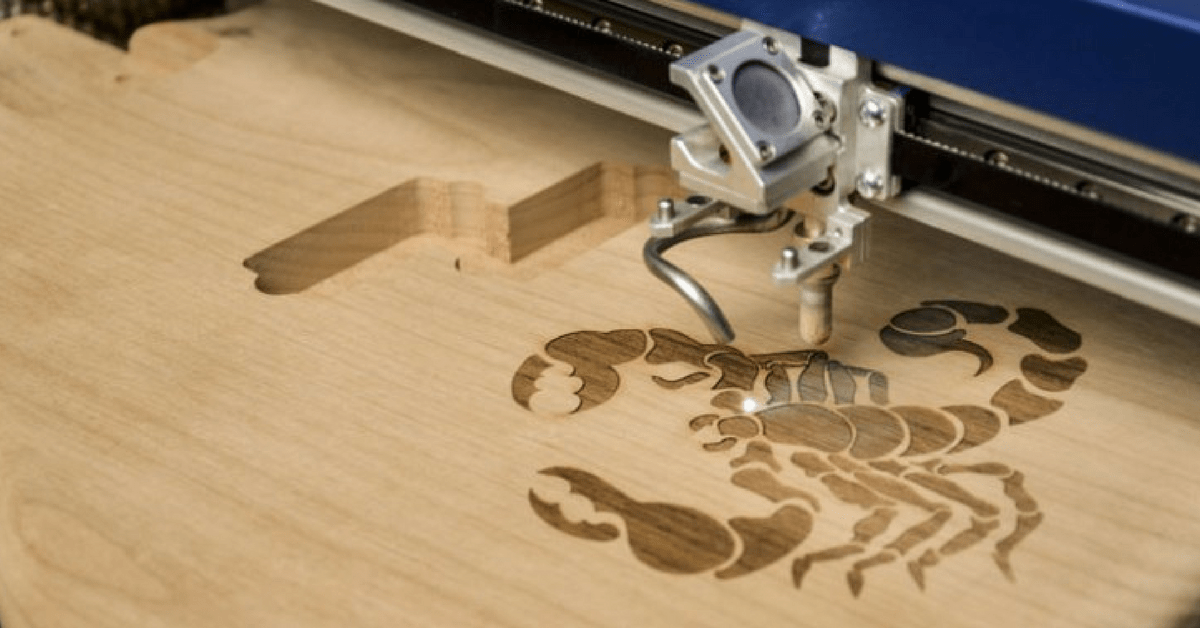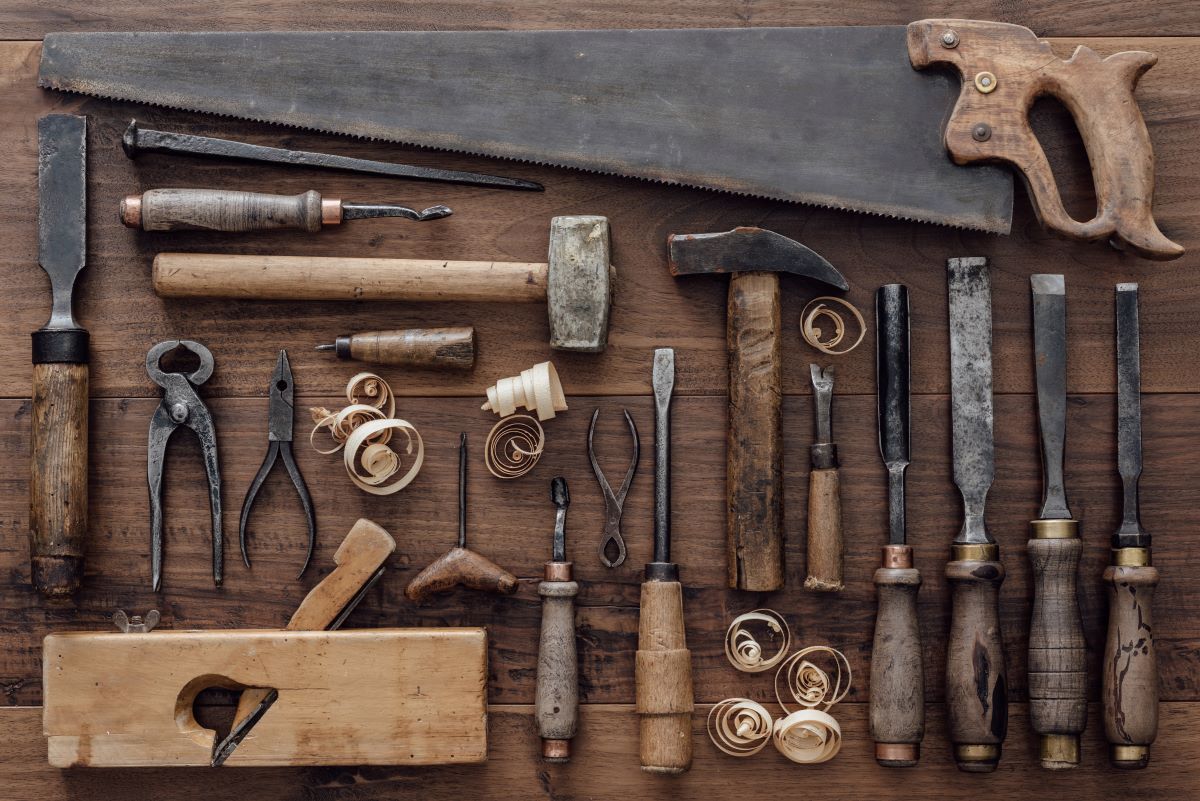A Beginner’s Guide to Woodworking Tools
There are countless opportunities for creativity and skill development in the very fulfilling and adaptable art of woodworking. The correct tools are necessary whether you want to build shelves, make elaborate home décor like wooden maps, or create gorgeous furniture. Knowing where to begin might be daunting for novices. Don’t worry, however! The essential woodworking tools you’ll need to begin your woodworking adventure are covered in this tutorial.
Essential Woodworking Tools for Beginners
When you first begin woodworking, understand the basic tools that will enable you to cut, shape, and connect wood. These basic skills will give you a solid foundation, but there are many more sophisticated ones you can learn over time.
1. Measuring and Marking Tools
Accurate measurements are essential before cutting. Your parts will fit together correctly and appear professional if you have precise measuring and marking equipment. For beginners, some essential measuring and marking instruments are as follows:
- Tape Measure: Any woodworker must have a trustworthy tape measure. It guarantees that your job is completed flawlessly by assisting you in taking precise measurements of widths and lengths.
- Square: To mark right angles and make sure your cuts are straight and your components are square, use a carpenter’s square, often referred to as a framing square.
- Pencil and Marking Gauge: Before cutting, wood must be marked with a sharp pencil or carpenter’s pencil. When measuring breadth or depth, a marking gauge is also useful for drawing accurate lines.
2. Cutting Tools
Among the most often used items in a woodworker’s kit are cutting tools. The correct cutting tools greatly simplify the task, regardless of whether you’re working with minute details or massive planks.
- Hand Saw: A hand saw is a traditional woodworking tool that works well for straight cuts, particularly in smaller tasks. For novices, it’s an excellent place to start because it lets you make accurate cuts without using power tools.
- Circular Saw: You will need a circular saw if you intend to work on larger projects. This power tool can swiftly and effectively cut through wood of different thicknesses.
- Jigsaw: For more complex cuts like curves and circles, a jigsaw is an excellent tool. It enables more accuracy and flexibility while cutting out patterns or objects.
3. Shaping and Sanding Tools
The next step is to smooth things out after you’ve done your cuts. Using sanding and shaping tools, you may smooth off the surfaces and edges of your wood pieces to give them a polished, tidy appearance.
- Wood Files: These are employed to polish tiny details or smooth out jagged edges. Files can be used for a variety of jobs because they are available in a range of sizes and shapes.
- Sanding Block: Rounding edges and smoothing surfaces need hand sanding. When used with sandpaper, a sanding block guarantees uniform pressure during the sanding process, which is particularly crucial for fine finishing.
- Power Sander: A power sander, such as a random orbital sander, can quickly smooth down surfaces if you have larger pieces of wood or wish to expedite the procedure.
4. Clamping Tools
The ability to hold pieces together securely while working on them is one of the most crucial abilities a beginner will acquire. For this, clamps are essential since they let you glue, assemble, or cut without worrying about the parts moving.
- C-Clamps: Wood may be held in place while you work on it with these multipurpose and simple clamps.
- Bar Clamps: Bar clamps are perfect for bigger tasks since they can hold several pieces of wood together or larger pieces of wood together.
5. Basic Power Tools
To advance your skills and expedite the process, you should probably purchase a few power tools as your carpentry skills improve. Among the power tools appropriate for beginners are:
- Drill/Driver: An essential tool for driving screws or drilling holes is a drill. With its versatility for a variety of tasks, a cordless drill is ideal for novices.
- Router: A router is an essential tool if you wish to add decorative edges like 2d wooden world map or hollow-out sections of wood. It is adaptable and may add lovely accents to your designs.
Conclusion
It’s not necessary to have an excessive number of tools to begin woodworking. You can start making straightforward yet beautiful woodworking projects with the correct measuring, cutting, shaping, and clamping tools. You can progressively add additional tools to your toolkit and take on increasingly challenging tasks as your abilities grow. Have fun with your woodworking!




Post Comment